A pride of Unicorns
The Unicorns as we know them, were once pictured as savage monsters. During the Late Middle-ages, the animal was stripped of their unique, fear instilling qualities. Visual artist Stef Veldhuis researched this transformation and uncovers exactly what the domestication of the Unicorn tells us about human supremacy, the wilderness, and systems of oppression.
During an exhibition at Terschelling’s Meslânzer church as part of the 2021 Oerol Festival, I was invited by the church community to participate their Sunday mass. I am not a spiritual person, and the cold wooden pews evoked equally chilly memories of a village youth I had long left behind. But halfway through the service, I was gripped by a biblical narrative that has yet to let go of me. In his sermon, the vicar related my work to the Leviathan: a giant sea monster which instilled the fear of the sea in religious sailors. After mass ended, the image of the Leviathan remained so prevalent in my mind that I decided to take the first steps towards an investigation that would dominate the next two years of my artistic practice. An investigation into the Monster. Who creates the Monster, and what makes the Monster Monstrous.
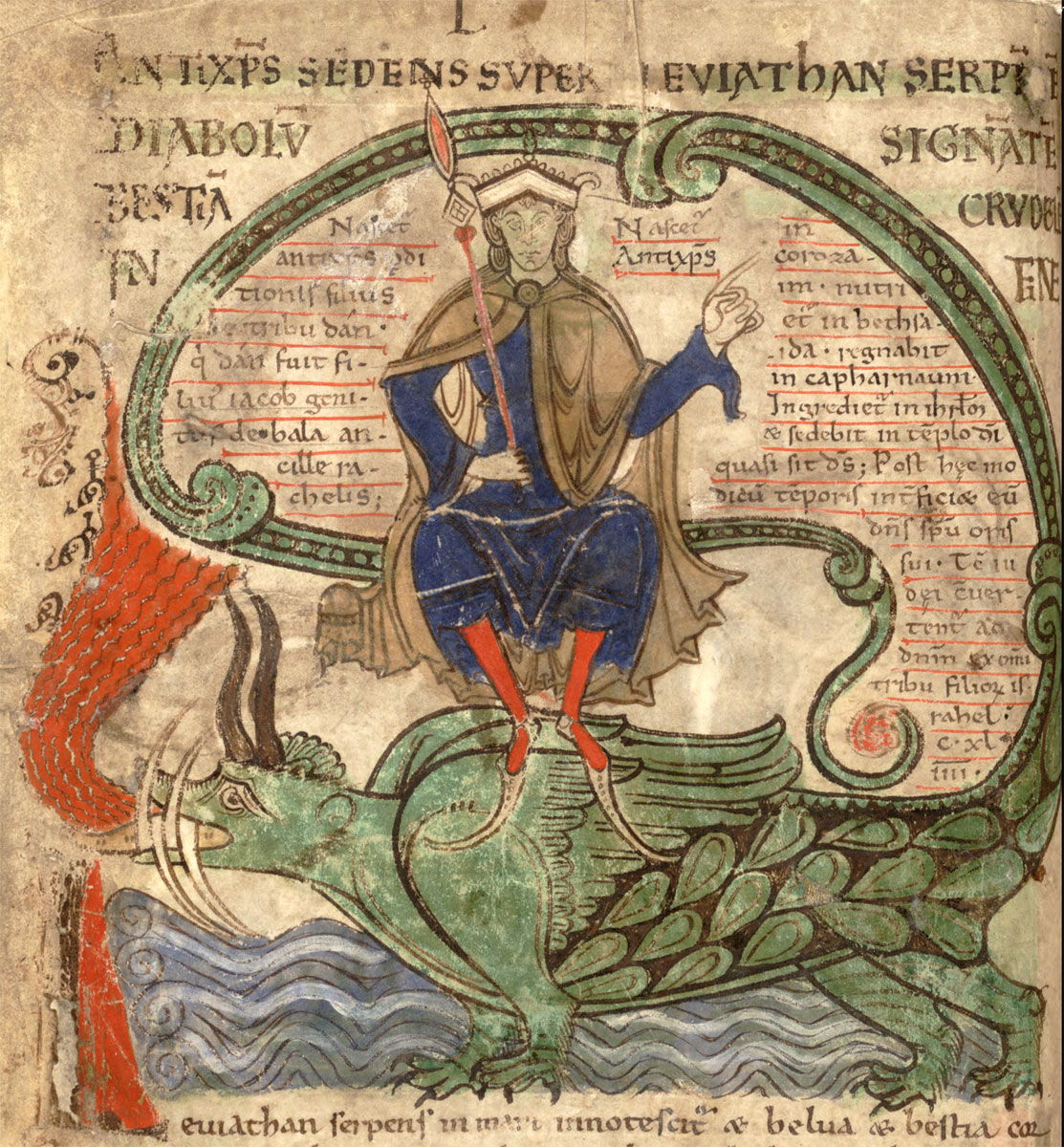
The answer to the first query was simple. Those in power make Monsters. If employed correctly (read opportunistically), Monsters can solidify hegemonic structures and at the same time justify violence against the opposition that has been Monstrified. What makes a Monster Monstrous though, can not be answered as straightforwardly. It is a more diffuse, slimy, hairy, scaly, and fanged question. A query that culminated in my recent video-installation What Worlds Make Stories, where the theory of Monstrosity is discussed by two Sea Monsters that contemplate the iconography of the Unicorn.
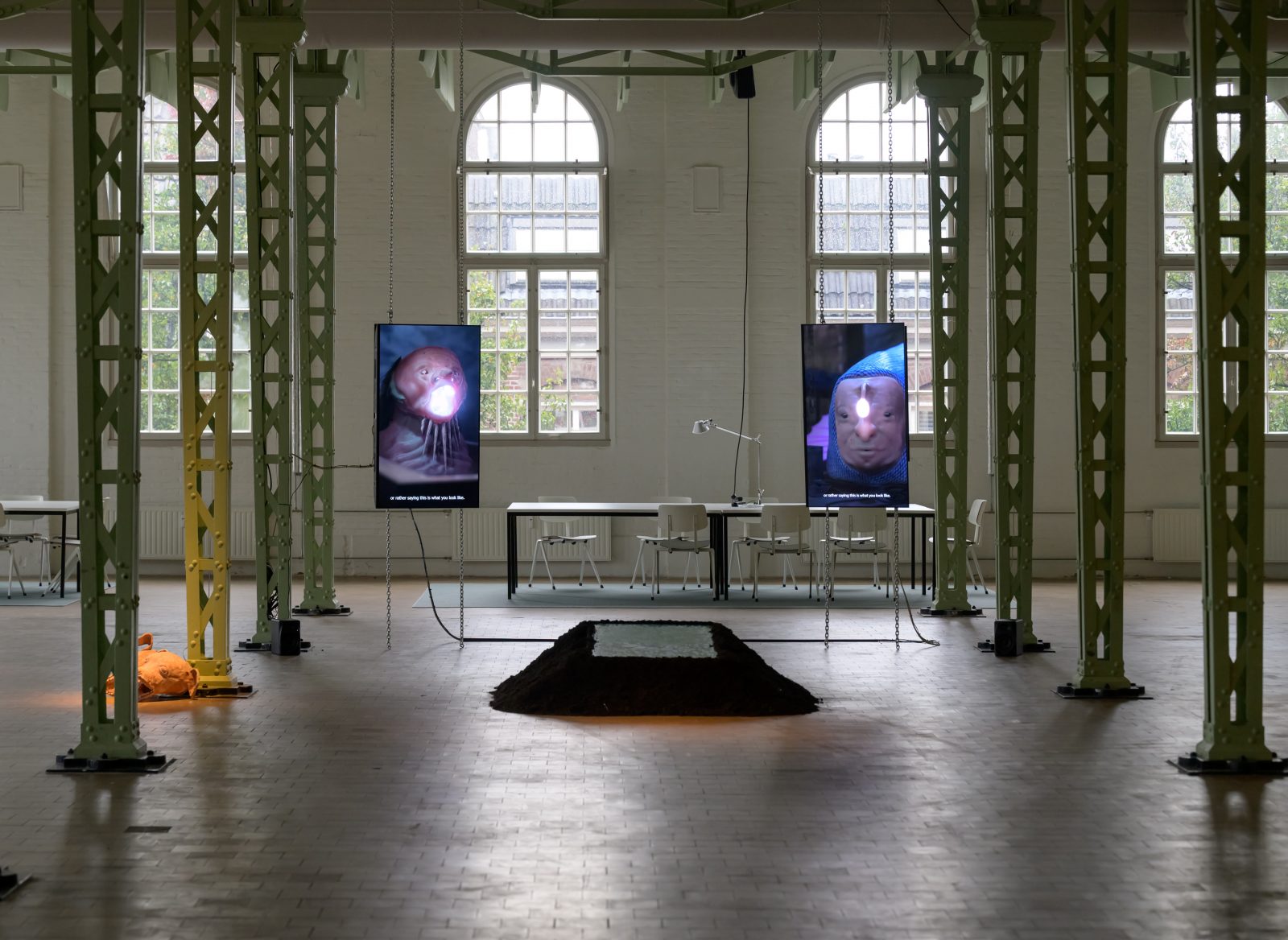
Throughout their conversation we learn that the Unicorn was not always the cutesy horse-like figure that decorates the single-use plastic cups at your favorite boba place, or the emoji indicating the frequently sought-after addition to the sex life of frisky heterosexual-ish couples[1]. The Unicorn used to be a capital M Monster. A fluid entity that could take many shapes, like that of a winged creature the size of an elephant that shook the earth it walked upon, or a deer with fangs and scales like a dragon and a single antler protruding from its forehead. Wild, cunning, feral, proud. “Don’t go into the woods alone because the Unicorn might come to get you”. It stood as a protector in the middle of its environment, creating zones of true Wilderness that humans would be wise to avoid.
During the late Middle Ages, illustrations of the unicorn as drawn by monks and other artists were gradually stripped of all their unique features; their wings, their size, their temperament, and basically molded it into a shape that was recognizable enough to allow humans to get within reach. It kept its horn though. This was not surprising, given that a Unicorn’s horn was a valuable possession – promising peace, prosperity, and long-lasting erections for any limp king that could pay the price. That which benefited humans can stay, that which gave the Monster strength must go.
Throughout making this work, I started to think of the Monster as the “Other” that shows an agency that threatens our stories of human supremacy. An agency that violates societal structures and is therefore classified as a danger. The Monster fights back. It is not its shape or size that makes something Monstrous, it is its self-determination. It is its intelligence, which comes uncomfortably close to our own, that does not allow for the violence of domestication or suppression. A human or more-than-human animal that acts outside of our societal norms and expectations.
Remodeling the Unicorn into a glorified horse diminished its intelligence and made the hunt for the Unicorn possible. Not by any fair means of course, because it was still feral, and its horn was still sharp. No, it had to be lulled into the lap of a Virgin – oh how they loved a chained woman – because the mythology stated that the Unicorn was drawn to her “purity”. And as soon as the Unicorn closed its weary eyes, it would be ambushed by the hunters, and the dogs, and the spears hidden in the surrounding foliage. From death, it was easily resurrected – oh how they loved a good biblical allegory – and subsequently chained, enclosed, and tamed.

It was this domestication of the Unicorn – the removal of the protector from the forest – that allowed humans free access to its domain, with all the violence that ensued. Suddenly there was nothing to stop us from using our environment as a resource. No fearsome Guardian to stand between the forest and our greed.
By now, fans of Hayao Miyazaki’s Princess Mononoke will be on the edge of their seats, telepathically screaming the plot of their favorite anime at this poor writer. Now please, stop your wailing because I am one of you. And yes, the Unicorn and Miyazaki’s Spirit of the Forest are cut from the same cloth, although one of them is a bit more flamboyant with the headdress than the other. For the uninitiated: in this anime, the people of Iron Town are trying to expand their mining operations into the Spirit’s domain. The speed of their expansion is met with fierce resistance from the Forest and its inhabitants. The humans decide that they will have to take out the Spirit of the Forest in order to gain dominion of the land. And so they decide to decapitate this immortal entity and steal its head as a bargaining chip to bend the forest to their will. However, the decapitation has immediate, disastrous consequences. The wind rises, the soil becomes arid, and a thick black goo sucks the life out of everything it touches.
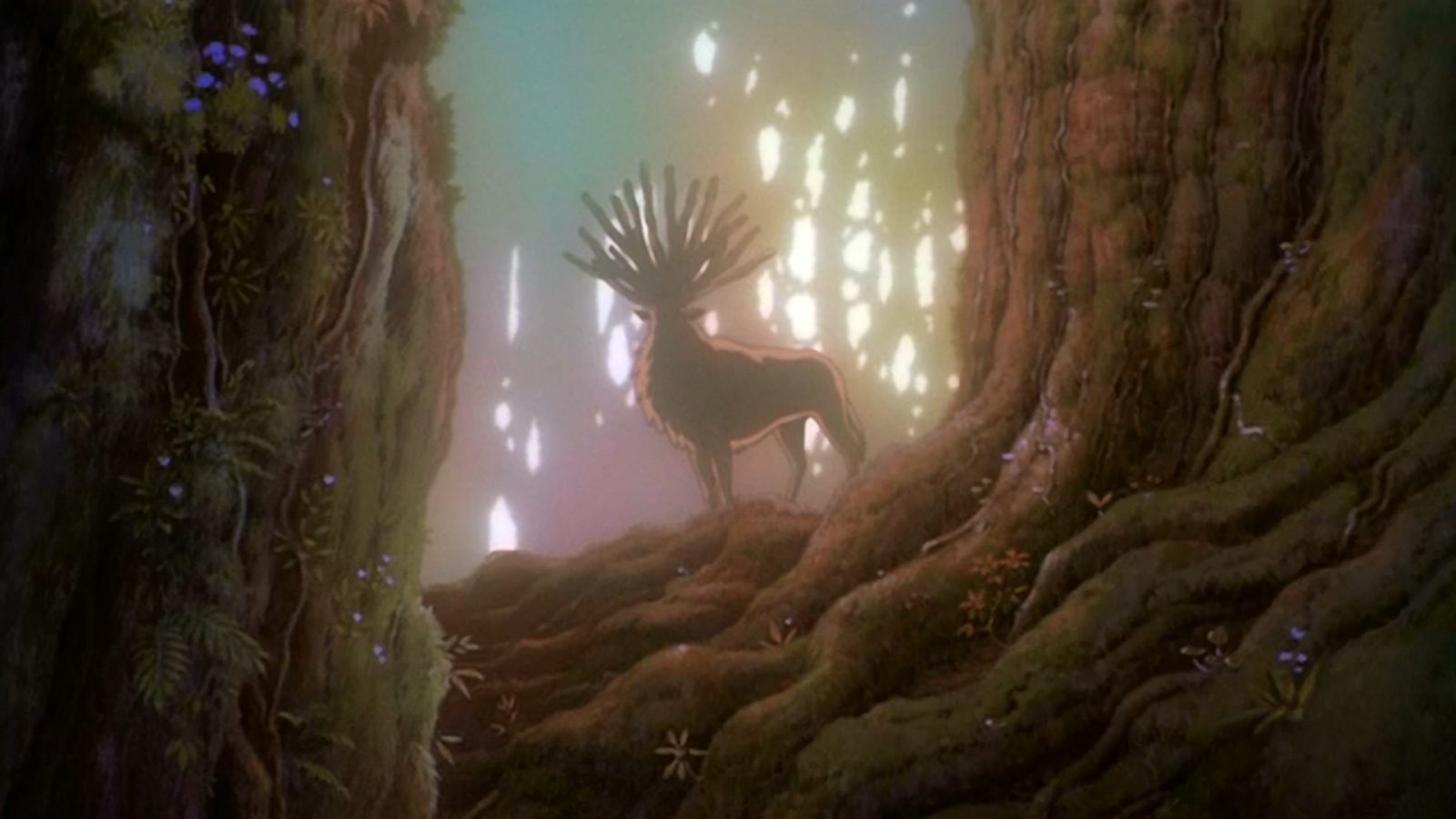
The consequences of the domestication of the Unicorn have been less abrupt but equally devastating. Since the taming of the Unicorn, the perpetual violence against our environment has created an earth that is baring its teeth in ever more extreme ways. We need to release the Unicorn back into the wild. Give it back its wings, its height, its chonk – express a collective nostra culpa – and be content to live alongside it. We need to give it back its Monstrosity so it can instill a reverence and respect within us that we apparently need in order to leave something be for a change.
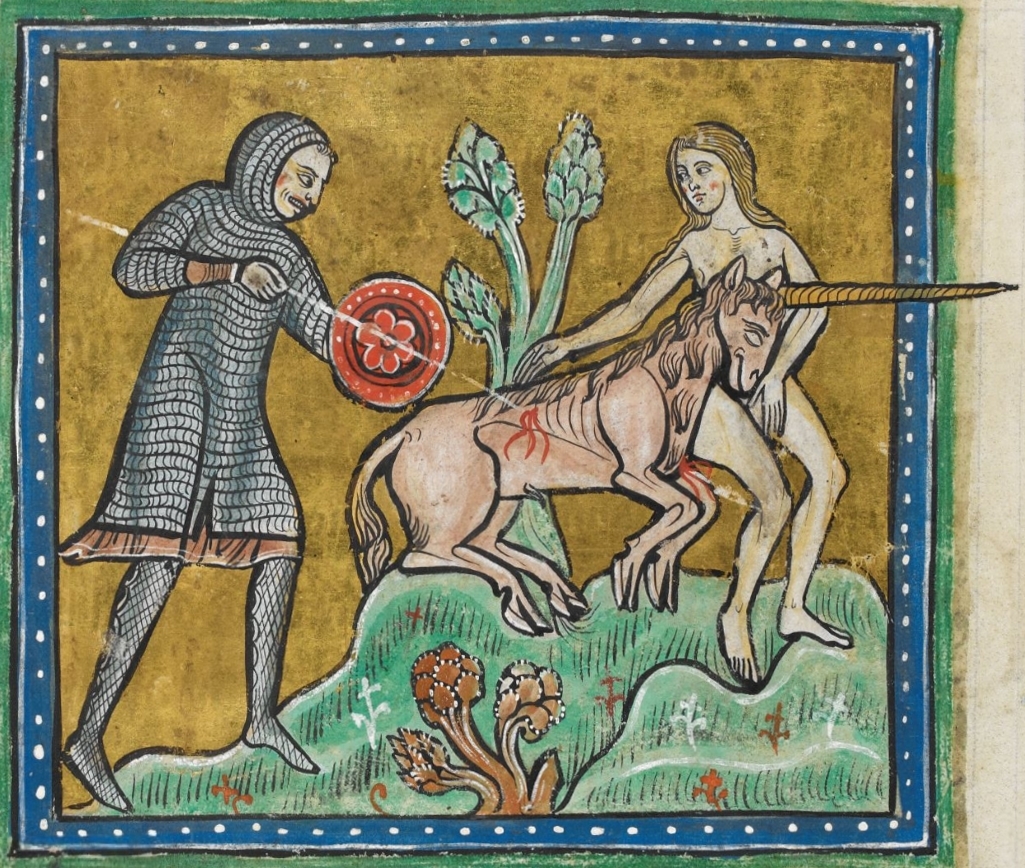
Now, I would like to draw one more metaphorical circle for those of you who are still with me. It might not have escaped your attention that in November 2023 the far-right extremist party Partij Voor de Vrijheid (PVV) received 2.5 million Dutch votes, making them the biggest party in the government of The Netherlands, my country of origin. The PVV promises to “make the Netherlands for the Dutch again”, and to “put the Dutch first”. A refrain that neatly appropriates the taglines of right-wing nationalist parties throughout the world.
One of the ways the PVV wants to establish their vision, which is saturated with the racist poison of nostalgia, is by making sure that the government does not participate in “measures around gender, climate-hysteria, and diversity-posturing” (even juicier in Dutch as gender-maatregelen, klimaatwaanzin en diversiteitsgeneuzel). It is clear from this one sentence that all forms of oppression are linked, whether it be against people or the planet.
In this second piece of my essay, I want to focus on the oppression of people, in particular around issues of gender. Although the language of the PVV is not as direct as say that of Ron DeSantis who flat-out banned drag shows and gender-affirming care in Florida, those of you living under the gloom of Nationalist conservatism know how slippery the slope towards extremism can be. How benign remarks can grow into a hateful cancer at the blink of an eye.
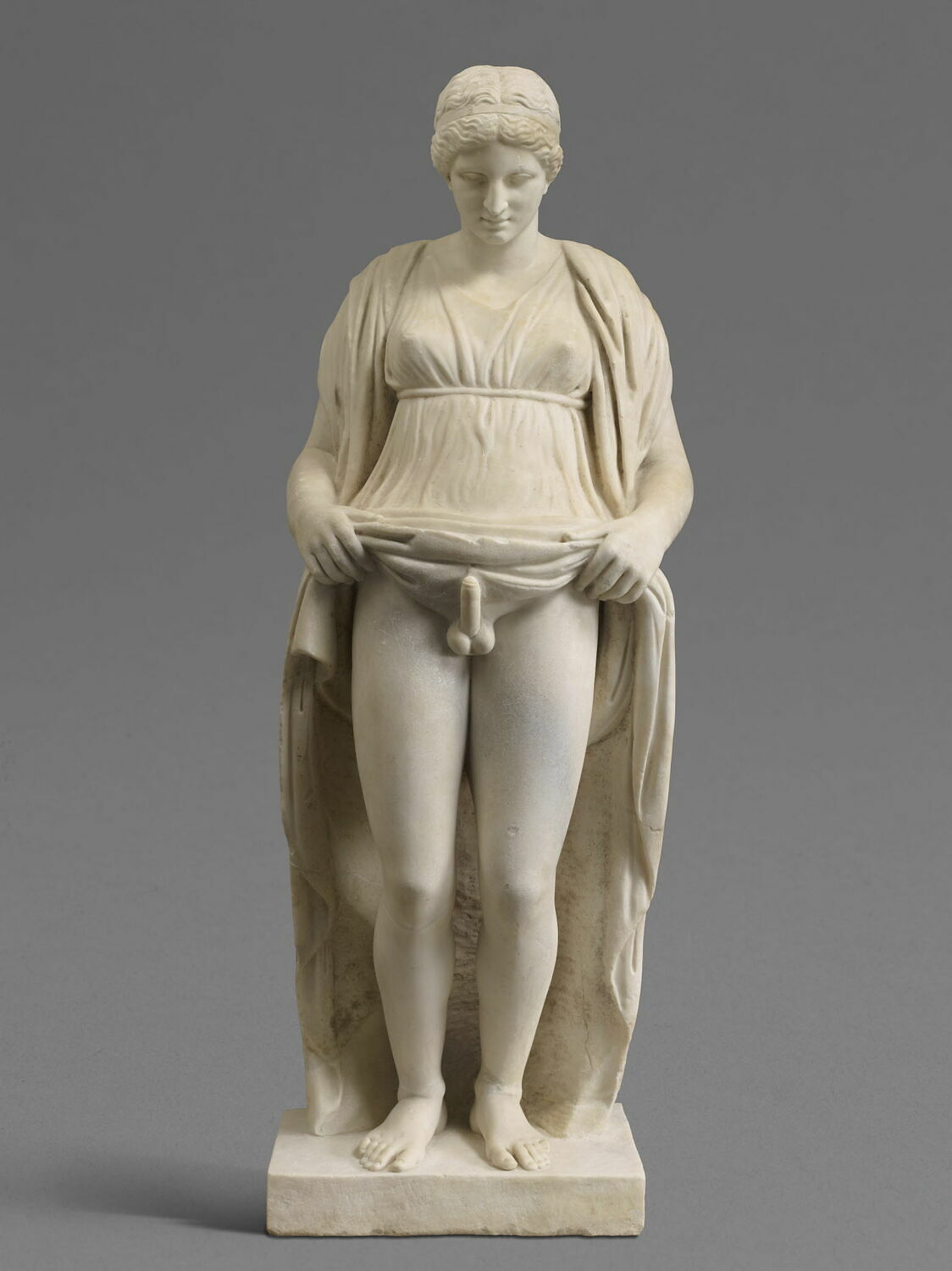
Just to clarify before we continue, I am a white, cis man. My bisexuality does not jive too well with a lot of PVV-voters, but my right to sexual freedom is, to a certain extent, ingrained within our constitution. All this to say that my way of life is not directly threatened by the potential paradigm shift of the upcoming government. I have friends that are threatened though, and when I read the program of the PVV, and their even more incendiary counterpart Forum voor de Democratie, I see echoes of ancient stories that justified violence against those people existing outside of the gender binary.
Romulus for example, the founder of Rome, felt extremely threatened by intersex[2] people and ordered them to be drowned upon discovery. The decree was that “a father shall immediately put to death a son recently born, who is a Monster, or has a form different from that of members of the human race”[3]. In her book The Sorrows of the Ancient Romans: The Gladiator and the Monster (1993), Professor Carlin A. Barton says that people that don’t fit into a male/female sex binary may have been simultaneously threatening to the increasingly rigid official Roman culture but also alluring and exciting to those Romans who felt repressed by the bureaucratic, authoritarian, and hierarchic mores of an expanding empire.[4]
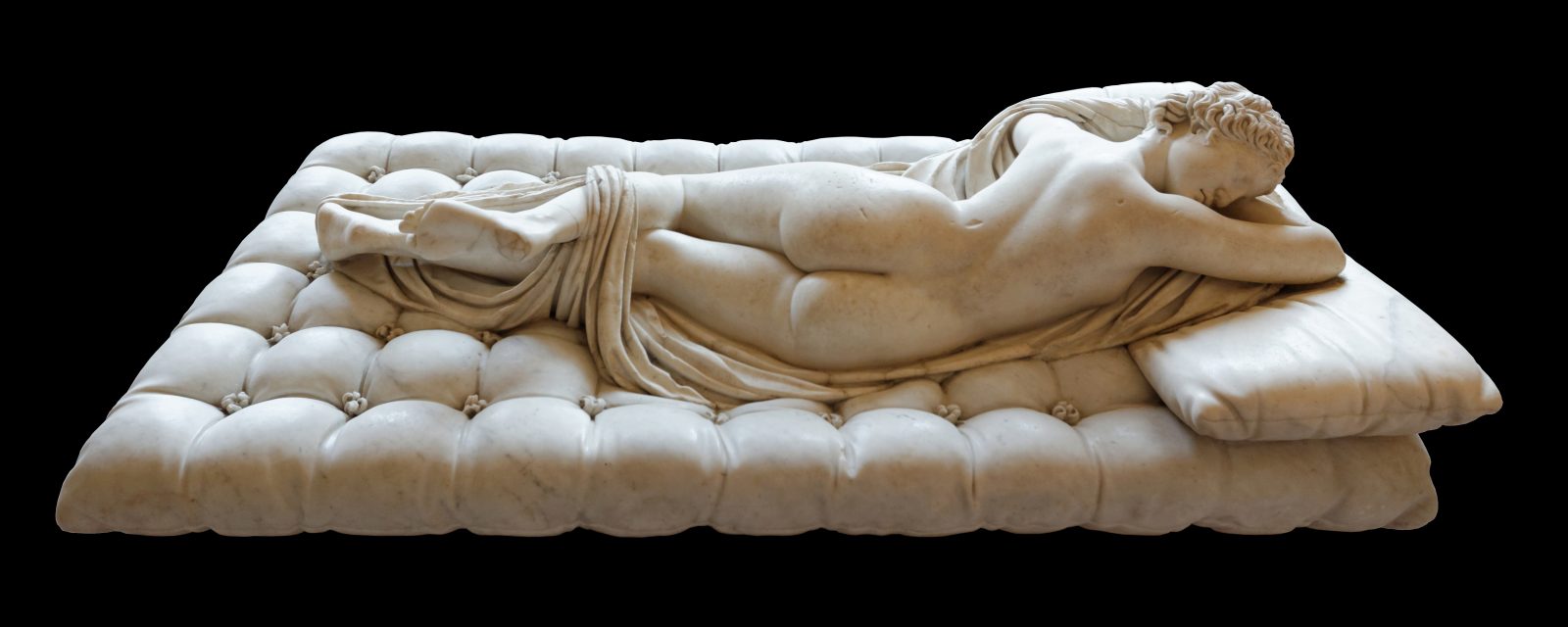
The ideology of the far-right is premised on the guarantee of a quick and easy remedy for the perceived ails of a nation. For them, speed is power, and stasis is death. In his book Speed and Politics (1977), Paul Virilio extensively details how Joseph Goebbels employed a language of easily understandable one-liners to create a loyal following that is not halted by the thick mud of self-reflection. His ideal follower is one that “obeys a law that he sometimes doesn’t even know, but that he could recite in his sleep”. Brown shirted fanatics that would be perpetually in motion. And all those who oppose the binarity that allows for this momentum are simply in the way. Thus, those who live on the threshold, those beautiful, liminal people that do not conform to the narrow conservative nostalgia that sparks the wet dreams of the extreme right, are branded as Monsters.
Can we also take a minute to enjoy how this analogy is visible within Fascist art and architecture? How the broad lanes of Nazi architect Albert Speer and the steaming trains of futurist painter Gino Severini breathe motion. Their straight lines and marbled floors are sleek, direct, and determined. Contrary to this, the Monster lives in the forest, or, in more extreme cases: The Swamp. A place that is synonymous with pause. An undefinable domain that demands careful negotiation. That “bogs down” if you are not sensitive to its temperament.
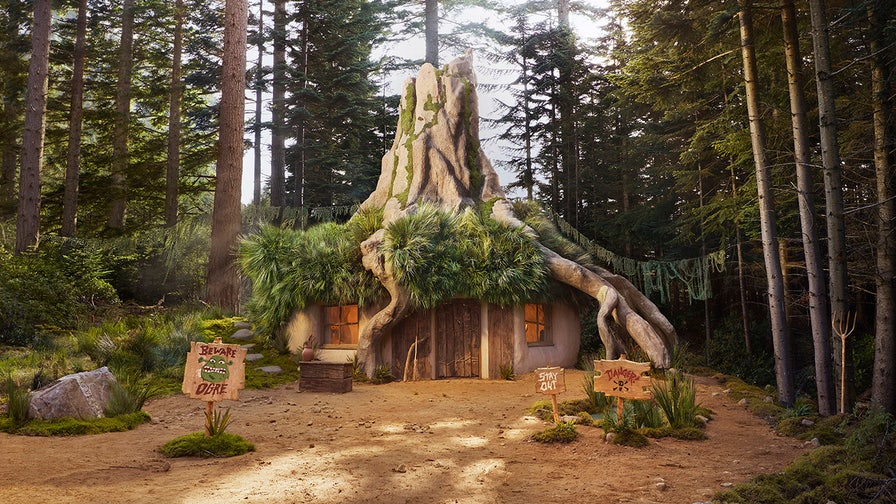
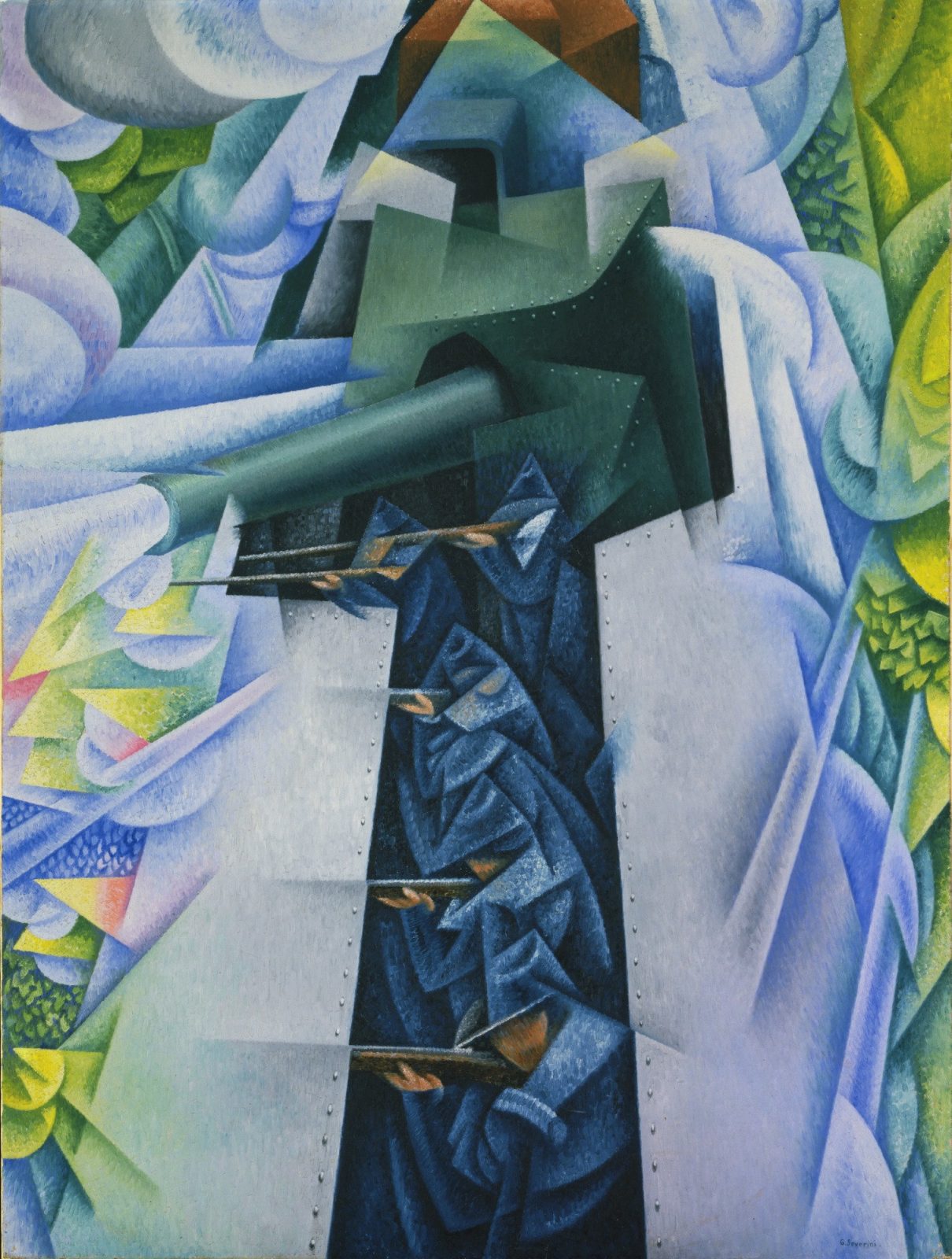
If I was a bit more naïve, now would be the moment that I could tie both stories together and say something along the lines of: Being a Monster is being an Other with agency, so embrace the Monster and show them who’s boss!
But of course, the Unicorn lives far away from us, while those targeted by the far-right are humans, living among humans, wanting their place within humanity. It would be toxic to ask anyone to accept being ostracized and feel empowered because of it. Especially coming from someone who has the privilege to fit in just well enough to live comfortably among contemporary society.
What I will say though, is that the existence and visibility of people that do not conform to the gender binary really does form a danger for far-right ideologies. That there is a good reason why they are branded as Monstrous. Every opposition to the myth of binarity halts the speed upon which fascism thrives. It demands reflection and pause, the kryptonite of the far-right. In the words of Alok Vaid-Menon: “We [non-binary people] represent possibility. We represent choice, being able to create a life, a way of living, a way of loving, a way of looking that’s outside of what we’ve been told that you should be.”[5]
The existence of non-binary people – every heartbeat, every breath – is an act of resistance, which makes for a pretty powerful adversary. But a solitary breath is still lost in the wind. A common method in the Fascist playbook is denying the opposition access to the streets. Not only to deny them the power of motion, but also the power of gathering. The power of breaking out one’s solitude, to find kin and exchange knowledge. It is when we breathe collectively, when we share breath as a pluriform community of Monsters, that resistance takes root.
A herd of Unicorns is referred to as a Blessing, or a Pride.
How about that?
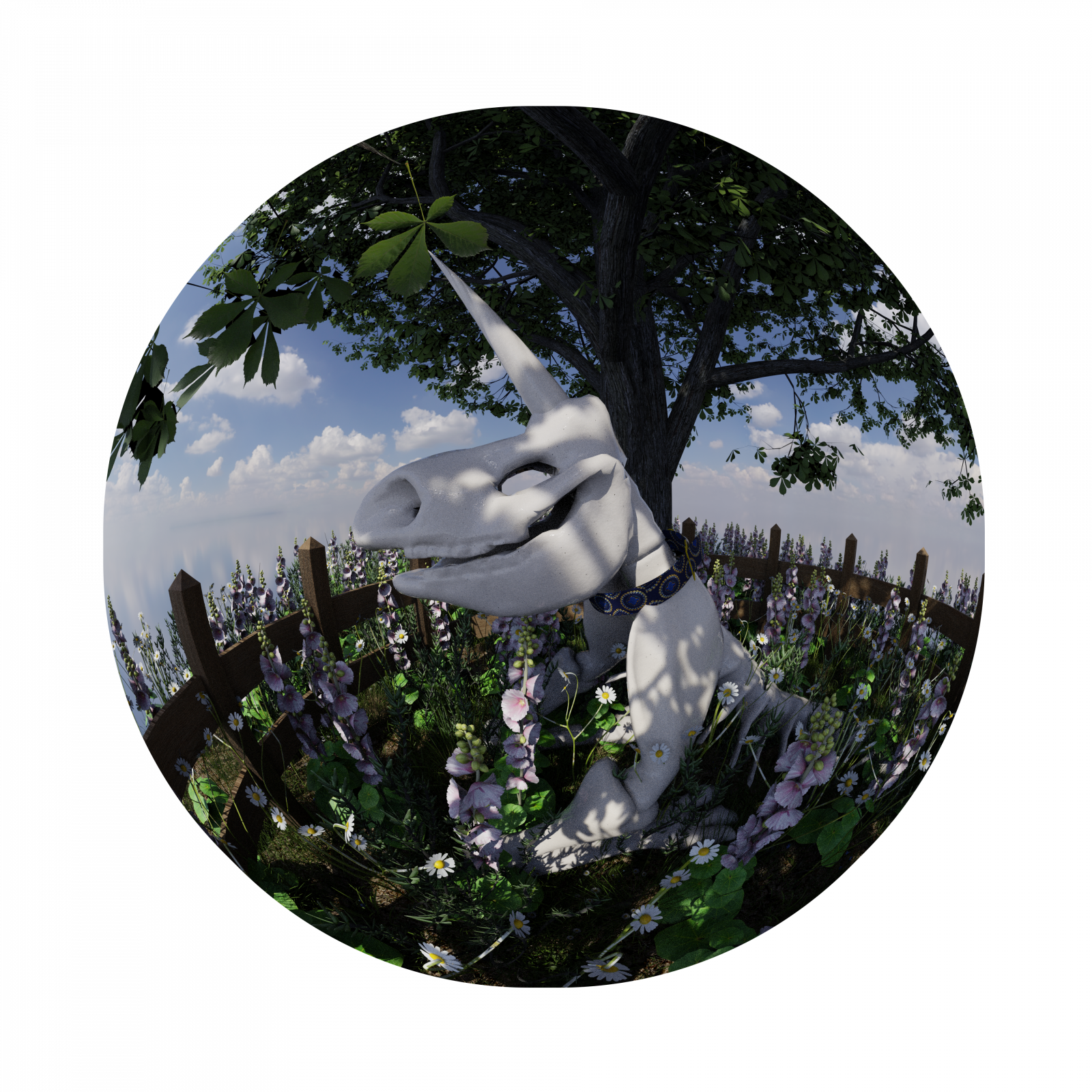
[1] The 🦄-Emoji is used on dating-apps to indicate a bisexual woman willing to join an existing couple between a man and a woman. When a couple is in search of these women they are “Unicorn Hunting”. They are chasing a sexual or romantic fantasy perpetuated by the porn-industry. Not a real person, but a mythical creature willing to satisfy this fantasy without needs for interdependency.
[2] Organization Intersex International (O.I.I.) describes the term Intersex as: “… an umbrella term used to describe a wide range of natural bodily variations. Intersex individuals are born with sex characteristics that are either female and male at the same time, not quite female nor male, or neither female nor male. Intersex people’s sex characteristics and bodies are healthy variations of the human sexes.”
[3] John Friedman, The monstrous races in medieval art and thought, 2000
[4] Carlin A. Barton, The Sorrows of the Ancient Romans: The Gladiator and the Monster, 1993
[5] Getting Curious with Jonathan van Ness, Episode 3: Can We Say Bye-Bye to the Binary, 05:10, 2022
